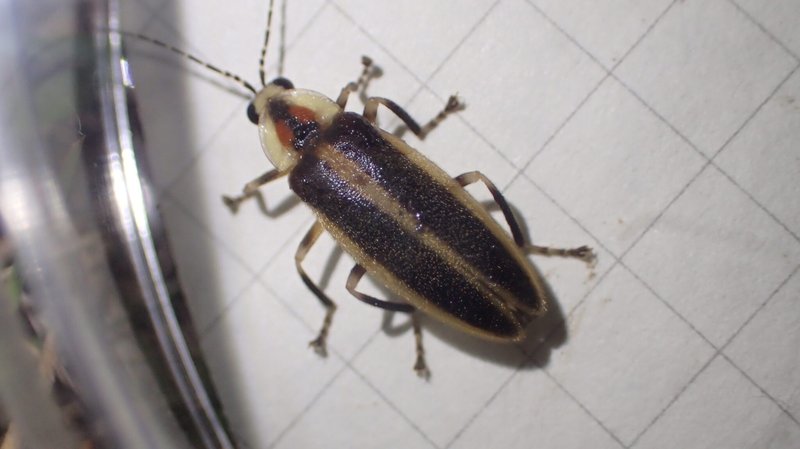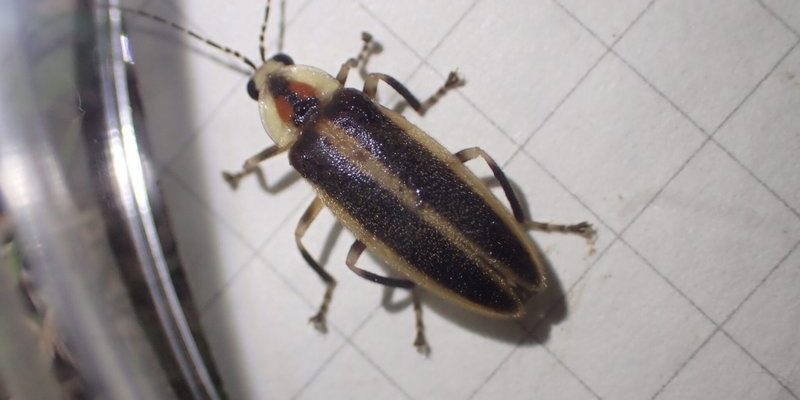
Fireflies, also known as lightning bugs, belong to an intriguing group of insects that create light through a process called bioluminescence. But they’re not the only critters that light up the night sky. In this article, we’ll dive into the fascinating world of fireflies and see how they stack up against some similar insects, like glow worms and certain beetles. Let’s untangle the science and beauty behind these luminous creatures over coffee.
What Are Fireflies?
Fireflies are actually a type of beetle, and they belong to the family Lampyridae. These insects are famous for their bioluminescent abilities. They have special organs in their abdomen that produce light, which can be a brilliant yellow, green, or orange. This light helps fireflies attract mates and communicates with other fireflies. Think of it like their version of texting: “Hey, look at me!”
Fireflies go through a complete metamorphosis, which means they start as eggs, hatch into larvae, then pupate, and finally emerge as adults. The larvae are fascinating in their own right; they glow too! By doing so, they can scare off potential predators, letting them know they’re not a tasty snack. It’s a clever little survival tactic that’s worked quite well for them over the years.
One important thing to note is that not all fireflies glow throughout their life cycle. In fact, many larvae are more luminescent than adults. So, the next time you spot a firefly, remember there’s a whole life story behind that twinkling light!
How Do Fireflies Glow?
The glow of a firefly is nothing short of magical. But, behind the scenes, there’s some fascinating science at play. Fireflies produce light through a chemical reaction involving an enzyme called luciferase, a molecule called luciferin, oxygen, and ATP (adenosine triphosphate). When these components combine in the presence of the enzyme, they create light with nearly no heat—a process known as *cold light*.
Imagine if every time you flicked a switch, your light bulb didn’t give off any heat. That’s essentially what fireflies do. This efficient way of lighting up means they can communicate without wasting energy. Here’s a fun fact: some researchers estimate that fireflies can produce light that’s nearly as bright as a light bulb, but only uses a fraction of the energy. Isn’t nature clever?
This bioluminescence also varies depending on the species of firefly. Some might have a consistent glow, while others blink in specific patterns. This blinking helps fireflies identify each other, with females typically being the ones who respond to male signals. If you didn’t know it before, now you do: every flash and wink from a firefly has a purpose.
Similar Insects: Glow Worms
You might be surprised to learn that fireflies aren’t the only insects that light up. Enter the glow worm, which isn’t a worm at all, but rather the larval stage of certain beetles, mainly those in the family Lampyridae—like fireflies! Glow worms also create light as a survival strategy, but they tend to do it differently.
While adult fireflies take to the skies, glow worm larvae stay on the ground, producing a steady light to attract prey, usually small insects. By glowing, they lure their dinner right into their sticky silk traps. It’s a unique hunting method that highlights the diversity of bioluminescence in nature.
Glow worms often have a more constant glow compared to the rhythmic flashes of adult fireflies, making them intriguing in their own right. Whether you’re in a cave or a damp forest, spotting glow worms can feel like stepping into a fairytale, surrounded by the ghostly glow of tiny lights.
Comparing Fireflies and Glow Worms
So how do fireflies stack up against glow worms? Here’s a simple breakdown:
| Feature | Fireflies | Glow Worms |
|---|---|---|
| Life Stage | Adult beetles | Larval stage of beetles |
| Light Production | Flashes to attract mates | Constant glow to attract prey |
| Habitat | Open fields and gardens | Caves and damp areas |
While both fireflies and glow worms are fascinating examples of bioluminescence, they serve different roles in the ecosystem. Fireflies are more about attracting mates and displaying their brilliance, while glow worms focus on survival and catching food. It’s like comparing a dance party to a quiet dinner setting in the insect world.
Other Bioluminescent Insects
But wait, there’s more! Fireflies and glow worms aren’t the only insects that can illuminate the night. Some species of *click beetles* can also produce light, although they don’t have the same charm or appeal as fireflies. These beetles generally use their light for defense and to signal potential mates, similar to how fireflies do.
Another interesting bioluminescent insect is the *railroad worm*. Although it’s a larva of a beetle, this little creature produces a glow in both its head and segments, which can be mesmerizing. It’s like nature’s version of a neon light show, lighting up its surroundings as a warning to predators.
While these creatures are less common than fireflies and glow worms, they add to the kaleidoscope of luminescence in the insect world. They remind us that what we see at night is just one part of an intricate ecosystem full of life and color.
Why Fireflies Matter
You might be wondering why it’s essential to take a closer look at these little luminaries. Fireflies play a critical role in our environment. They’re not just pretty; they’re part of a natural food chain. Birds, bats, and other predators rely on fireflies as a food source, making them an important aspect of local ecosystems.
Moreover, fireflies are indicators of environmental health. Their populations can decline due to habitat destruction, pollution, and climate change. When fireflies flicker out, it’s often a sign that something’s wrong in the ecosystem. Protecting their habitats—like wetlands and open fields—helps ensure these magical insects continue to sparkle in our summer nights.
So, the next time you see a firefly, take a moment to appreciate not just its beauty but its significance in our world. By nurturing the environment they thrive in, we’re contributing to the vibrancy of life all around us.
Final Thoughts
In the end, fireflies and their glowing cousins remind us of the wonders of nature and the diversity of life. Whether you prefer the rhythmic flicker of a firefly or the steady glow of a glow worm, there’s a charm in both. Understanding how they compare can deepen our appreciation for these unique insects and the roles they play within our ecosystems.
As you step outside on warm summer evenings, keep your eyes peeled for these luminous creatures. Each flash of light is a reminder of the beauty and complexity of nature. So next time you hear that magical buzz, just know there’s a whole fascinating world buzzing right above you!

